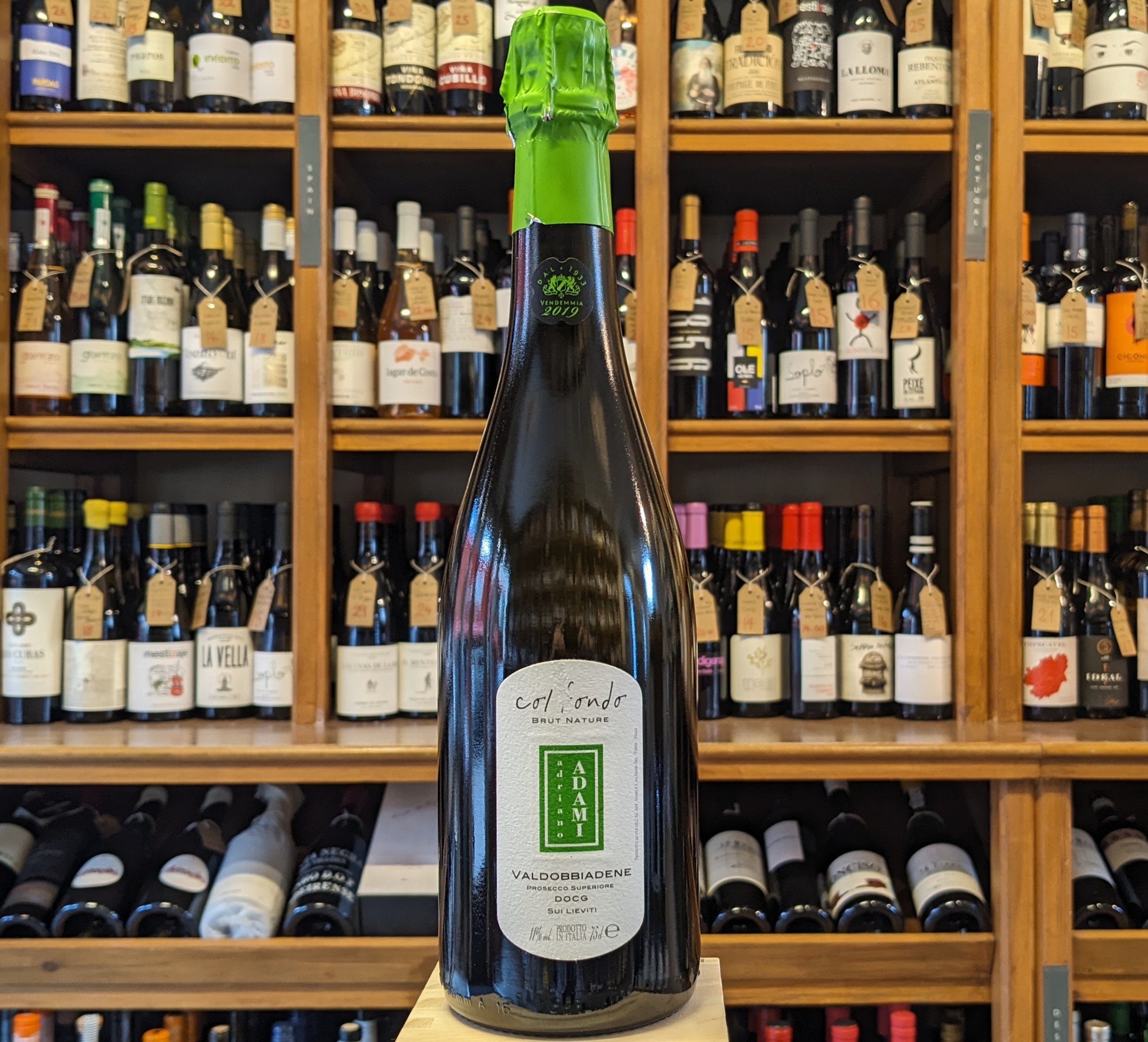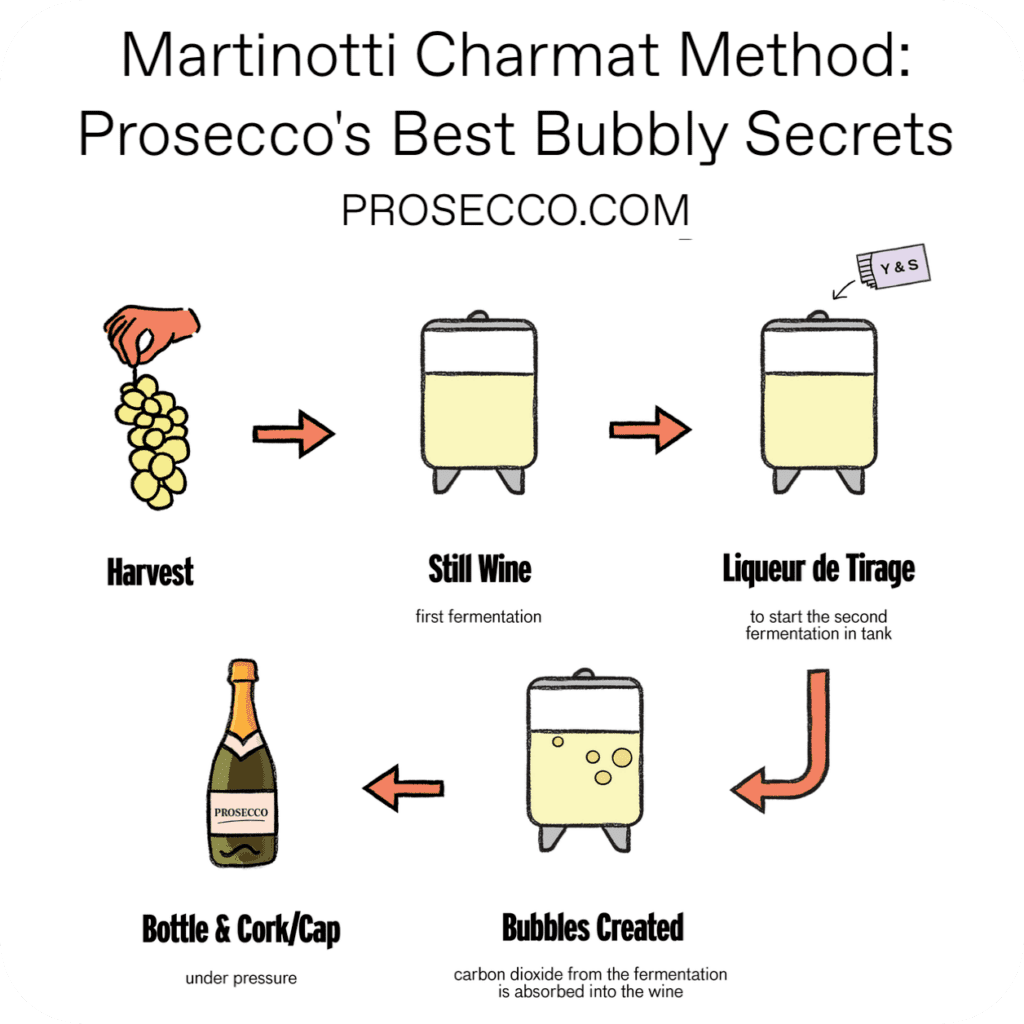Deciphering Col Fondo
Col Fondo is an almost forgotten method of making sparkling wines in Veneto and Friuli-Venezia Giulia. Introduction of the Charmat Method in the turn of XX century allowed making pristine, clear wines and pushed away the old method producing cloudy and funky wines. However, with the renaissance of pet-nat style around the world, also Col Fondo came back into the spotlight!

Getting to the bottom of “with the bottom”.
Col Fondo means in Italian “with the bottom”. I will explain the name a little bit later, but first, for a point of reference, let’s have a look at how a regular Prosecco is being made with Charmat Method.
To make a straightforward fruit and floral driven Prosecco, winemakers need to focus on passing just the uninterrupted primary character of Glera grapes during both fermentations. In a nutshell – healthy fruit fermented without contact with oxygen, in ease to temperature control neutral stainless steel vessels. Big no-no’s include oxygenation, skin contact, barrel ageing, lees maturation or any other process that could interrupt the vibrant and fruity character of the wine.

So now Col Fondo stirs things a little bit. The use of stainless-steel tanks for the second fermentation, which assures simple fruity flavours in regular Prosecco, is replaced with second fermentation in bottle. Sounds familiar? It should, because that’s how Traditional Method wines are made – Champagne, Cremant, Cava, Franciacorta and many others. So, you ask – is Col Fondo just another Traditional Method wine then? And here is the coolest part: not really, it’s a category of its own.
While its second fermentation does happen in bottle, offering more savoury, leaner and more biscuity character than typical Prosecco, wine is never removed from the yeast sediment (like it is in every Traditional Method wine, in a process called disgorgement). That’s where the “with the bottom” name comes from. The sediment, and more specifically – the yeast cells, have therefore plenty of time to pass its bready-flavoured goodness to the wine up to the moment of opening the bottle. Some production technique similarities could be drawn between Col Fondo and Late Disgorged Champagne, but the final wines are profoundly different!
Is then Col Fondo just a fancy name for another pet-nat?
As mentioned earlier Col Fondo goes through two separate fermentations – first in a tank, second in the bottle. Pet-nats on the other hand are made through a single fermentation in the bottle, which results in minimum control of what flavours will be passed into the final wine. Therefore, Col Fondo is closer to Traditional Method, however it does share a certain degree of funky wild character of pet-nats!
So how does it taste?
Thanks to sediment hanging in there, wine is cloudy and funky looking. Also, as yeast consumed all available sugar and there was no opportunity to amend the sweetness (in the way it is done in Traditional Method after disgorgement), the final wine is bone dry. Our Col Fondo, from excellent producer Adami, has a clear yeasty character of sourdough and apple pie with sourness comparable to lambic beers. But the sour is where Col Fondo shines most – it is extremely food friendly! Try it with some salty snacks, soya sauce dishes, crisp and acidity-driven veggie dishes, mushroom quiche, or roasted scallops.
Cheers!
Marek